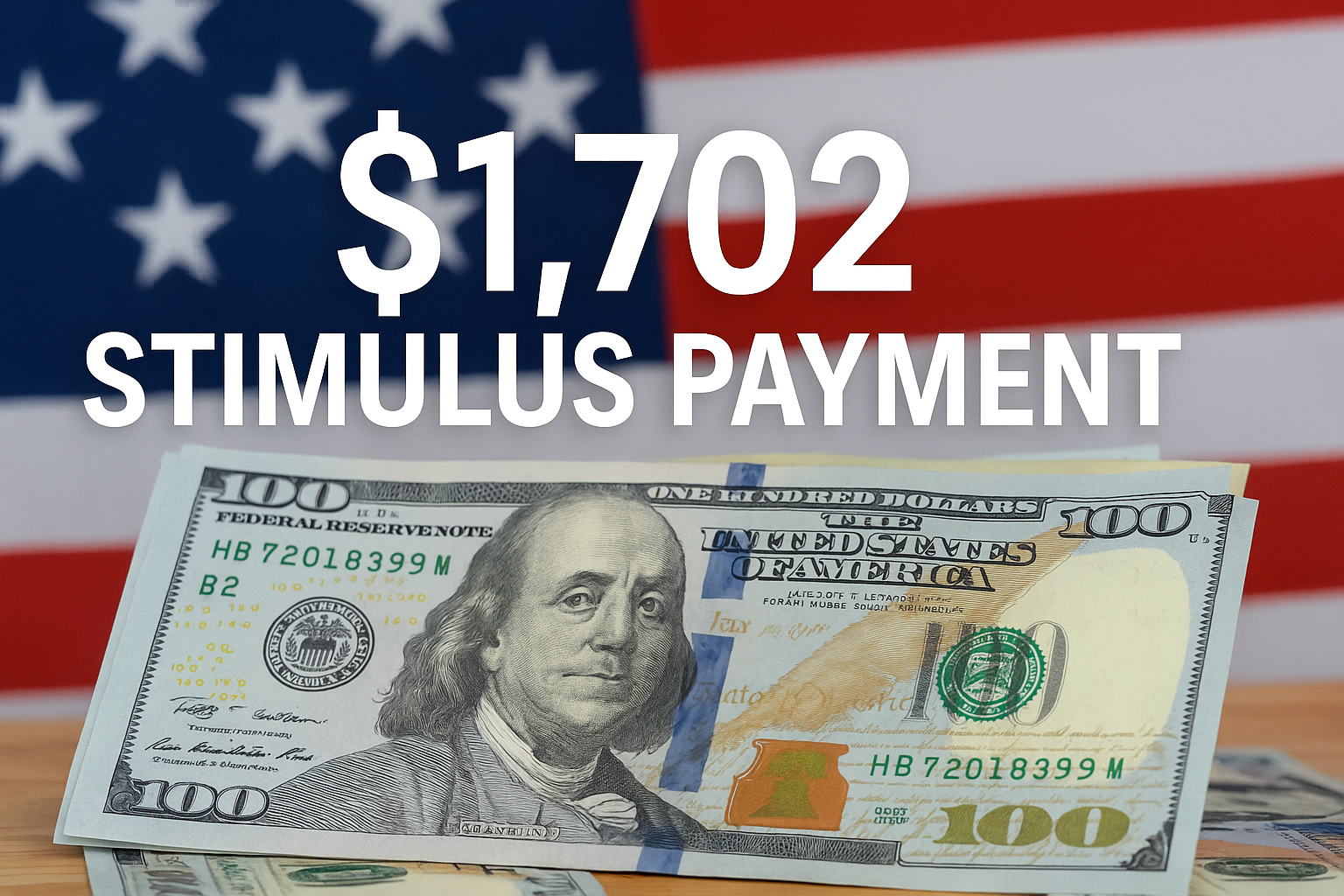Millions of Americans are buzzing about the confirmed $1,702 stimulus-style payment arriving in September 2025. While the payment originates from state-level funds, it’s being highlighted nationwide because seniors and lower-income residents stand to benefit the most.
The rollout is designed to give households extra relief as inflation continues to drive up the cost of groceries, rent, and medical bills. If you’re a retiree or living on fixed income, here’s the full payment breakdown and what you need to know.
What Is the $1,702 Payment?
The payment combines a base support amount with an energy relief bonus for qualifying residents. Together, it totals $1,702 per eligible person.
It’s part of a growing wave of direct cash relief programs that Americans have seen in 2024–2025, with both federal and state initiatives aimed at supporting seniors and vulnerable households.
September 2025 Payment Schedule
| Payment Wave | Eligibility Status Cutoff | Payment Date | Payment Method |
|---|---|---|---|
| First wave | By September 3, 2025 | September 11, 2025 | Direct deposit & checks |
| Second wave | By September 18, 2025 | October 2, 2025 | Direct deposit & checks |
| Final wave | By October 13, 2025 | October 23, 2025 | Direct deposit & checks |
- Direct deposit recipients will generally see funds faster.
- Paper checks may take several business days longer, depending on postal schedules.
Who Is Eligible?
To qualify for the $1,702 payment, you generally must:
- Be a U.S. resident meeting program requirements (proof of residency required).
- Have filed your application or claim before the 2025 cutoff.
- Be in “eligible” status on the program portal before each wave cutoff.
- Seniors, low-income households, and long-term residents are given priority consideration.
Why Is This Payment Important?
- Cost-of-living relief: The $1,702 boost will help cover rising food, rent, and medical costs.
- Targeted to seniors: Many retirees on fixed incomes are expected to benefit.
- Ongoing state & federal support trend: Several states are aligning relief programs with federal stimulus-style support.
Frequently Asked Questions (FAQ)
1. Do I need to apply to get the $1,702 payment?
If you’ve already filed during the 2025 application window, you’ll be paid automatically.
2. Will everyone in the U.S. receive it?
No. Eligibility is based on residency and income requirements, but seniors and low-income families are among the main recipients.
3. Is this considered taxable income?
Yes. Like previous relief checks, it will be reported as taxable income at the federal level.
4. Can my payment be delayed?
Yes. Incorrect bank details, address errors, or missing documents can delay your payment.
5. Will there be more payments after 2025?
Lawmakers are already discussing extending or modifying relief programs for 2026.
Key Takeaway
The $1,702 stimulus-style payment rolling out September 2025 offers much-needed financial relief, especially for seniors and low-income households. Payments will be distributed in three waves, with automatic deposits and mailed checks covering millions of eligible Americans.
If you haven’t checked your application or status yet, now is the time to ensure you’re on track to receive the funds.
